BLW Foods Safety: 8 Essential Tips To Prevent Choking🍴👶
Starting solids is an important milestone in a baby’s life, marking the beginning of their transition from milk to solid food. Baby-led weaning or blw foods feeding has become a popular approach to introducing solid foods to babies, where babies are given the opportunity to self-feed and choose what they eat. Be mindful as well to foods that contains allergens.
However, for many parents, the thought of their baby choking can be a cause of concern and anxiety.
Choking is a serious concern during baby-led weaning or blw foods feeding, but it is important to understand the difference between choking and gagging. Gagging is a normal reflex that babies have, and it is actually a protective mechanism that prevents choking.
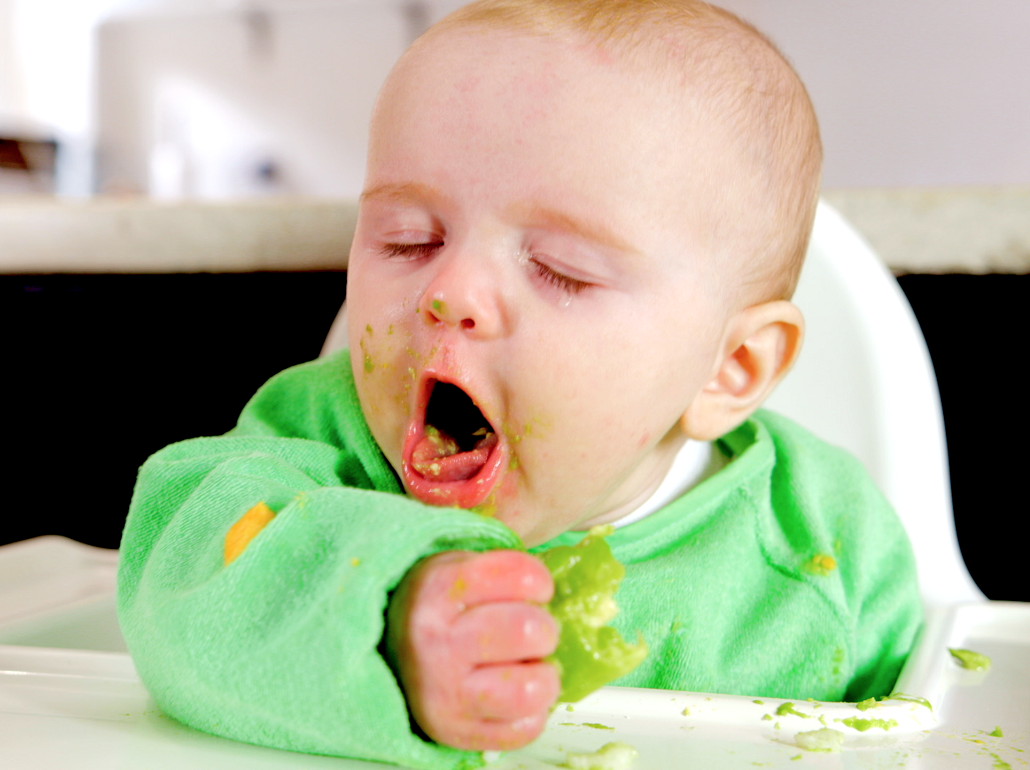
As babies learn to eat finger foods, they are likely to gag as they explore different textures and learn how to move food around in their mouths. Therefore, it is important for parents to understand how to differentiate between choking and gagging, and to know how to prevent choking during baby-led weaning or blw foods feeding.
In this article, we will discuss the differences between gagging and choking, and provide tips for parents on how to prevent choking during baby-led weaning or blw foods feeding.
Gagging vs. Choking
While gagging is a protective reflex to prevent swallowing and can be a normal part of the learning process during during baby-led weaning or blw foods feeding, choking occurs when food enters the airway instead of the food pipe and can be deadly, emphasizing the importance of understanding the differences between the two and taking appropriate preventative measures.
Gagging is a natural part of the learning process when introducing solid foods to infants and is a protective reflex against choking. It is important to note that gag reflex training is necessary for infants to learn how to handle and process different textures and shapes of food.
However, if a baby is consistently gagging on every bite of food, it may be necessary to seek an Occupational Therapy referral or consult a Speech-Language Pathologist for further evaluation.

Choking, on the other hand, is a serious risk during baby-led weaning or blw foods feeding and requires careful attention and preventative measures. Parents should be aware of the signs of choking and understand the appropriate response, such as calling 911 or performing infant CPR.
Overall, understanding the differences between gagging and choking and taking appropriate preventative measures can ensure a safe and positive experience during baby-led weaning or blw foods feeding.
Safe BLW Foods
Offering appropriate sizes of food and ensuring they are soft enough to be easily chewed, such as grated cheese or chopped fruits, can help prevent potential choking hazards during baby-led weaning or blw foods feeding. Finger food ideas for babies include soft cooked vegetables like sweet potato and broccoli, ripe fruits like avocado and banana, scrambled eggs, and thinly sliced meats. These foods not only provide nutritional benefits but also help babies develop their fine motor skills and hand-eye coordination.
It’s important to avoid foods that are potential choking hazards, such as whole nuts, popcorn, and hard candy. Grapes should be cut in quarters or lengthwise, and hot dogs should be sliced the long way down the middle. Nut butter should be spread thinly on toast or crackers to prevent choking, and foods with strings like celery and pineapple can be finely chopped.
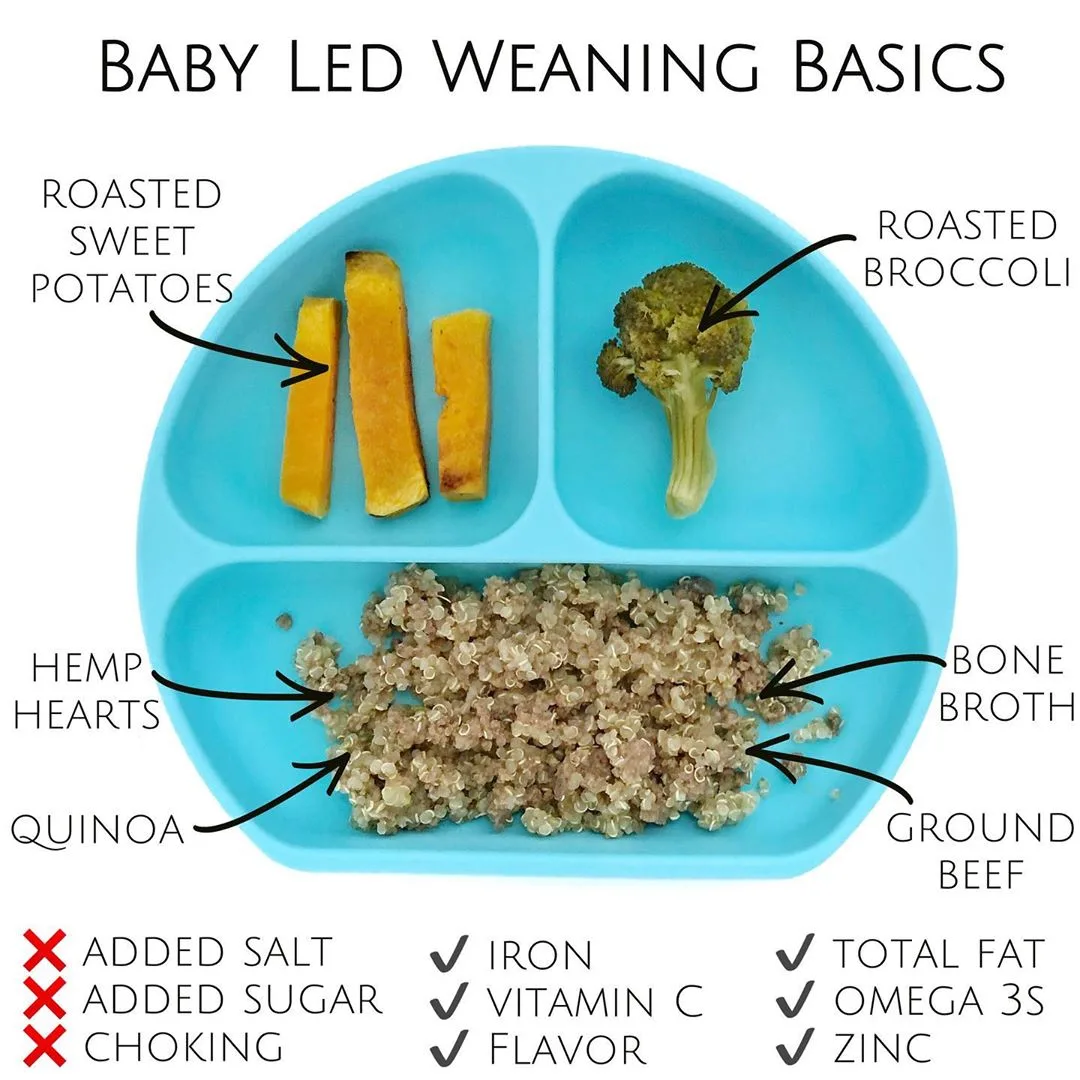
Parents should also be mindful of removing pits from fruits and chopping small round fruits like grapes, cherry tomatoes, and cherries. With proper preparation and supervision, baby-led weaning or blw foods feeding can be a safe and enjoyable way for babies to explore different textures and tastes.
Overall, offering a variety of soft and appropriately sized finger foods can promote healthy eating habits and prevent choking hazards during baby-led weaning or blw foods feeding. By introducing a mix of fruits, vegetables, and proteins, parents can ensure that their baby receives the necessary nutrition for their growth and development.
It’s important to always supervise babies during mealtime and be prepared to respond in case of a choking emergency.
8 Essential Tips for Safe Eating
Supervision and appropriate food preparation are important factors in promoting safe eating habits for infants during the introduction of solid foods.
It is crucial for parents to watch their babies closely while they eat, as infants are still learning how to manage food in their mouths.
Parents should also ensure that the foods they offer are appropriate for their baby’s age and developmental stage.
So, here are the 8 essential tips for safe eating:
1. Allow your baby to feed themselves
One of the goals of baby-led weaning or blw foods feeding is to gradually teach your child to eat on his/her own. There’s a study that a total of three out of 206 babies choked to the degree they required emergency health care assistance. Of these three babies, two choked on milk and the third choked when food was placed in its mouth. Moral of the story? Never put a piece of food into your baby’s mouth.
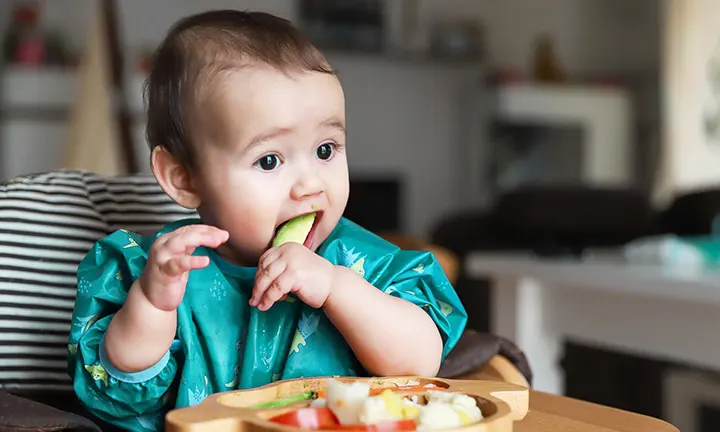
2. Watch your baby while they eat
One of the most important task for parents or caregivers is to look after a baby especially when they’re eating. It is important to supervise your baby, blw foods feeding or not, the chances of choking is highly possible as babies are still learning how to eat. It might be tempting to multitask like doing the dishes, laundry or prepare the food but those activities can wait. Give your baby a safe and positive experience of their first BLW foods feeding. So keep close to them especially at meal time.
3. Do not offer food in choking hazard size
Foods that are small, hard, or round can pose choking hazards and should be avoided as the baby’s air pipe is about the width of one of their finger nails, so it’s important to serve thinly sliced foods. Parents or caregivers can offer soft foods that are cut into small, safe sizes, such as cooked vegetables, fruits, and pasta.
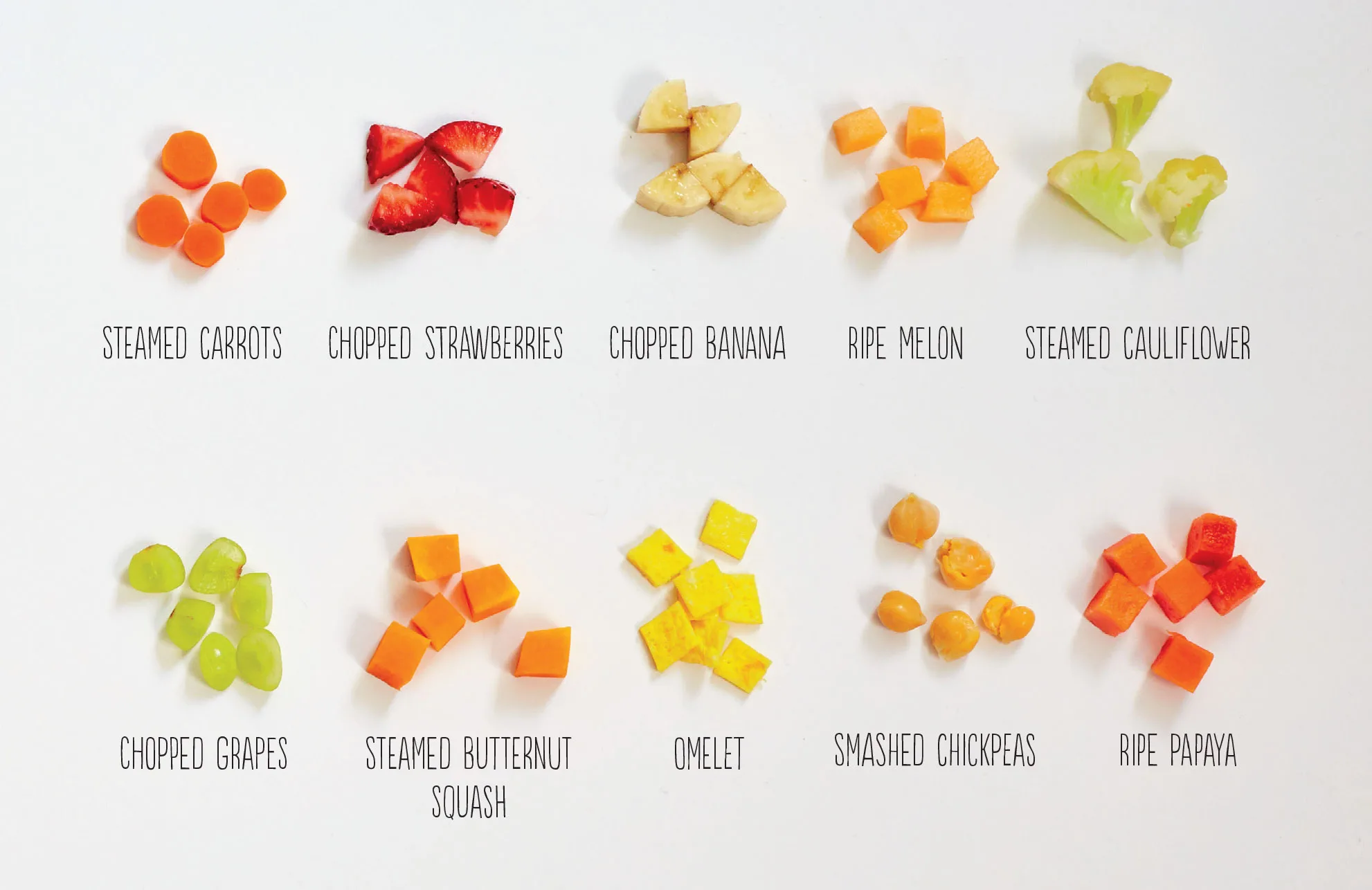
Here’s a full list of potential choking hazards during blw foods feeding:
- Hard vegetables raw, such as cut baby carrots or raw beets
- Firm fruit with and without peels
- Chunks of firm meat or cheese
- Fruits with pits or seeds (that haven’t been removed), like a whole plum or peach
- Whole grapes
- Popcorn
- Marshmallows
- Whole nuts
- Fibrous and stringy foods like celery, pineapple, or asparagus
- Hard candies, mints, or cough drops
- Fish with bones
- Snacks with toothpicks or skewers
- Whole hotdogs or sausages
4. Don’t let your baby play with toys or watch tv during meals
Eating is one of the most crucial activities for babies who is just learning this new skill. Avoid any distractions like letting them play with their toys, playing and watching tv as these activities can lead to possible choking during baby-led weaning or blw foods feeding.
It is also important to seat the baby safely in a high chair or booster seat and to remove any toys or other items that could be a distraction.
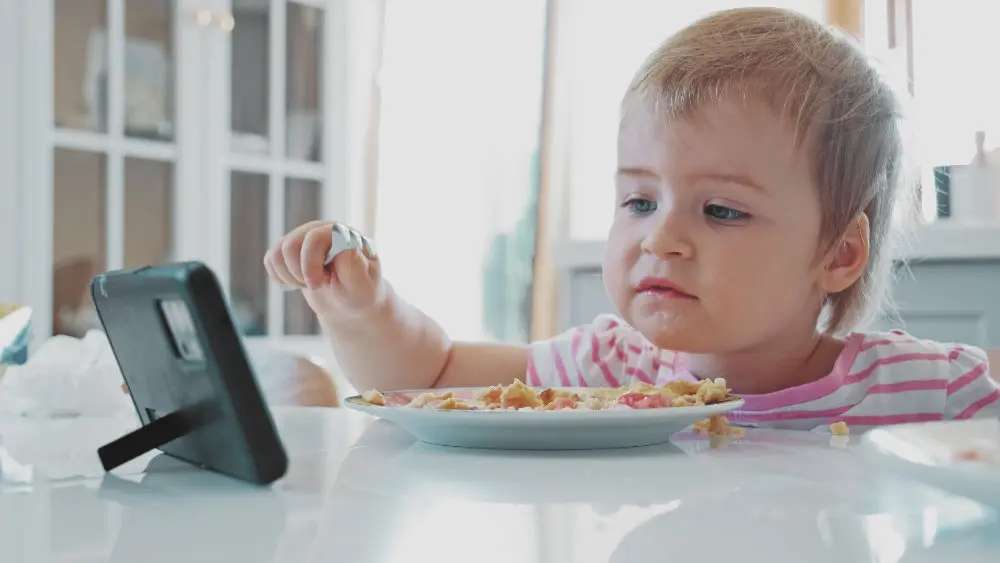
5. Be careful with this one food in particular!
The #1 most common food that Baby-led Weaners choke on is full apples. I suggest serving apples peeled, sliced thinly and steamed for beginners. Once your baby is older, you can use a cheese grater to grate hard foods like apples.
6. Offer the appropriate size, shape and texture of food
By the time your baby is ready to eat at around 6 months old, you can offer them foods that are suitable to serve. As babies grow, they slowly develop more mature chewing and swallowing skills, as well as better finger dexterity and fine motor skills.
In terms of texture, it’s important to steam fruits and veggies and test the foods to make sure you can mash them with your tongue on the roof of your mouth, especially in the beginning.
Additionally, parents can take steps to increase baby-led weaning or blw foods feeding success by introducing a variety of size, shape and textures, allowing their baby to feed themselves, and eliminating distractions during mealtime.
Here are the breakdown of foods appropriate to give in every month:
family: inherit; font-size: 18px;”>6 TO 7 MONTHS
Protein/iron-rich:
- Meat and poultry: Minced; pureed; slow-cooked and shredded; or meatballs or patties
- Low-mercury fish: Deboned, then soft-cooked or pureed fish
- Eggs: Hard-boiled and mashed; omelets cut into strips; or scrambled
- Legumes: Cooked and mashed or pureed beans, lentils and chickpeas. Silken or mashed firm tofu
- Cheese: Thinly sliced or grated
- Nut butter: thinly spread on toast strips; or stirred into infant cereal
Fruits and vegetables:
- Soft fruits: Peeled and cut into large strips – try avocado or ripe pear.
- Bananas: Leave half the peel on to help baby’s grip
- Hard fruits and vegetables: peeled and steamed until soft, then mashed or pureed, or cut in large strips as finger food. Try green beans, carrots, zucchini or apples
Grains:
- Whole grains: Cooked and spoon-fed quinoa or oats.
- Whole grain bread: Toasted and cut into strips.
- Iron-fortified infant cereals: Mashed with breastmilk or formula
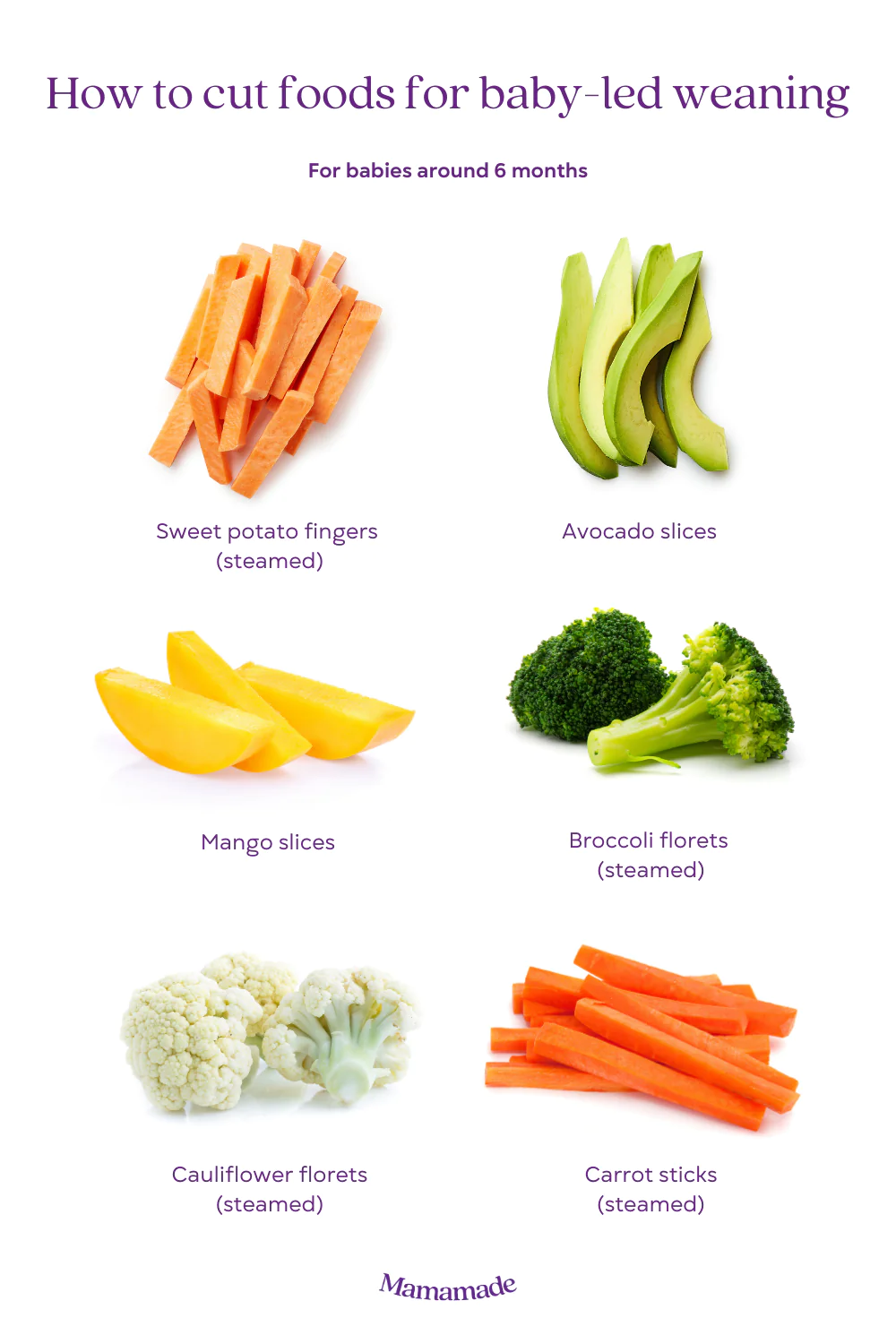
8 TO 9 MONTHS
Continue to serve any of the foods from 6-7 months, and progress to these textures when your baby seems ready:
Protein/iron-rich:
- Meat, poultry and fish: Medium-sized, soft-cooked pieces.
- Legumes: Lentil or bean patties (see my homemade lentil patties here).
Fruits and vegetables:
- Soft fruits: Medium pieces of soft or steamed options such as raspberries , kiwi, or peach
- Raw vegetables and fruits: peeled and grated apple or carrot
Grains:
- Large-flake or steel-cut oats: Thicker than baby’s first iron-fortified baby cereals
- Pasta: Bite-size cooked shapes, such as penne or macaroni
- Firmer grains: Farro or barley
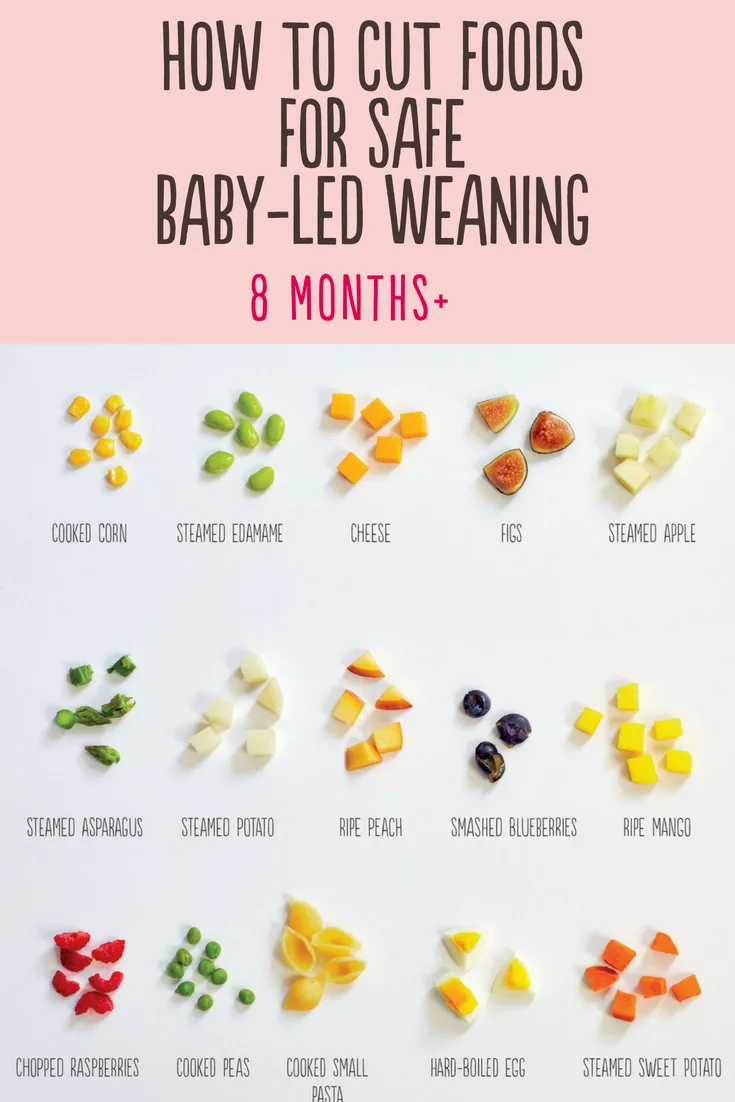
10 TO 12 MONTHS
Continue to serve the foods above, and progress to these textures when your baby seems ready. Now that baby has better dexterity, pieces can be smaller.
Protein/iron-rich:
- Meat, poultry and fish: Smaller pieces of pulled roast chicken
- Legumes: Cooked whole beans or lentils and cubed firm tofu.
- Dairy: Cheese cubes.
Fruits and vegetables:
- Hard vegetables: smaller pieces of raw peeled cucumber or steamed carrot coins
- Dried fruit: Cut apricots or whole raisins.
- Fruits: Raw small pieces, such as sliced grapes and small whole blueberries
Grains:
- Pasta: Offer as part of mixed meals, such as ravioli, spaghetti and meatballs, or soup.
Note: Your baby can eat anything except honey, which they shouldn’t eat until they reach 12 months old. You can start to add a healthy snack, like mashed fruit, between meals.
7. Take an infant CPR class
Chances are even if you are supervising your baby, they might be an event by accident that they can be choked. So for your peace of mind, take an infant CPR class. Check the classes online or on your community. It would be helpful not just for you and for your baby and who knows that you might save other infant or kids too!
By following these tips and being vigilant during mealtime, parents can help prevent choking hazards during baby-led weaning or blw foods feeding and ensure a safe and successful introduction to solid foods through during baby-led weaning or blw foods feeding.








